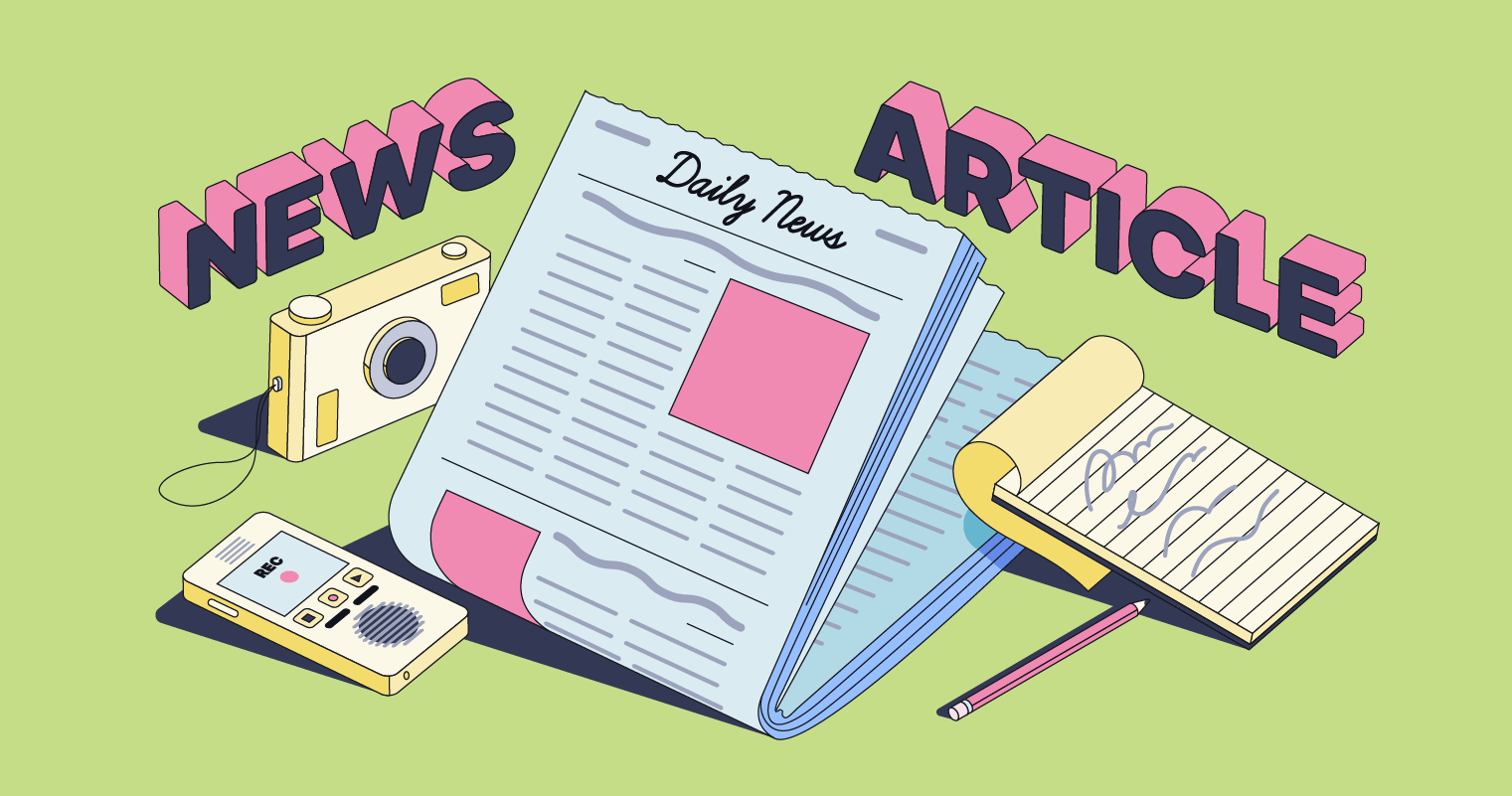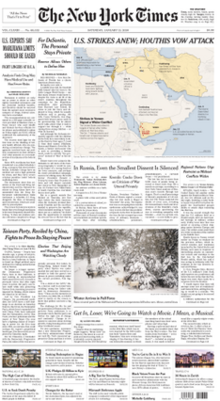The Ultimate Guide To News Articles
The Ultimate Guide To News Articles
Blog Article
Fascination About News Articles
Table of Contents4 Easy Facts About News Articles ExplainedUnknown Facts About News ArticlesThe 20-Second Trick For News ArticlesGetting My News Articles To WorkLittle Known Questions About News Articles.
Good knowledge of different subjects provides students a competitive edge over their peers. Despite the fact that electronic and social media sites are easily available, we should not forget how essential it is to review the newspapers. Moms and dads must attempt and instill the habit of checking out a paper as an everyday regimen to continue the heritage of the revered print tool.Information tales also consist of at the very least one of the following important attributes loved one to the desired audience: closeness, prominence, timeliness, human passion, anomaly, or effect.
Within these limitations, information stories also aim to be extensive. Among the larger and more highly regarded newspapers, fairness and equilibrium is a significant aspect in providing details.
Newspapers with an international audience, for example, have a tendency to utilize a more formal design of composing. The particular selections made by a news outlet's editor or content board are commonly gathered in a design guide; typical style overviews include the and the United States Information Design Book. The major goals of news writing can be summed up by the ABCs of journalism: accuracy, brevity, and clearness.
Things about News Articles
As a rule, journalists will certainly not utilize a long word when a short one will do. They utilize subject-verb-object building and dazzling, energetic prose (see Grammar). They supply anecdotes, examples and metaphors, and they rarely depend on generalizations or abstract ideas. News writers try to prevent utilizing the exact same word extra than once in a paragraph (occasionally called an "resemble" or "word mirror").
Headings sometimes omit the subject (e.g., "Leaps From Watercraft, Catches in Wheel") or verb (e.g., "Feline woman fortunate"). A subhead (additionally subhed, sub-headline, subheading, subtitle, deck or dek) can be either a subordinate title under the primary headline, or the heading of a subsection of the article. It is a heading that comes before the primary text, or a team of paragraphs of the main message.

Extra billboards of any of these types may appear later on in the post (particularly on subsequent web pages) to attract more reading. Such billboards are additionally utilized as reminders to the post in other areas of the publication or website, or as promotions for the piece in various other publication or websites. Normal framework with title, lead paragraph (recap in strong), various other paragraphs (details) and call information.

Example of a hard-lead paragraph NASA is proposing an additional area task. The company's budget plan request, announced today, included a plan to send out an additional goal to the Moon. This time the agency really hopes to develop a lasting center as a jumping-off place for various other space experiences. The budget plan requests roughly $10 billion for the project.
An "off-lead" is the 2nd most crucial front page information of the day. To "bury the lead" is to start the write-up with background details or information of secondary value to the readers, requiring them to check out more deeply into a write-up than they need to have to in order to find the necessary factors.
News Articles Can Be Fun For Everyone
Usual use is that one or more sentences each develop their own paragraph. Journalists normally explain the company or structure of an information tale as an upside down pyramid. The important and most fascinating components of a tale are placed at the start, with sustaining information complying with in order of reducing importance.
It enables individuals to discover a topic to just the deepness that their interest takes them, and without the charge of information or nuances that they could consider unimportant, however still making that information available to much more interested viewers. The inverted pyramid structure additionally makes it possible for articles to be cut to any type of arbitrary length during format, to suit the area available.
Some writers start their stories with the "1-2-3 lead", yet there are many kinds of lead offered. A kicker can refer to multiple things: The last tale in the news broadcast; a "satisfied" tale to end the show.
Longer short articles, such as magazine cover short articles and the items that lead the within areas of a paper, are understood as. Attribute tales differ from straight news in numerous means.
The Basic Principles Of News Articles
The journalist frequently details interactions with meeting topics, making the item extra individual. A function's first paragraphs usually connect an interesting minute or occasion, as in blog an "anecdotal lead". From the details of a person or episode, its view swiftly broadens to generalizations concerning the tale's subject. The section that signifies what a feature is about is called the or signboard.

The Editor's Tool kit: A Recommendation Overview for Beginners and Professionals (2001) Allan M. Siegal and William G. Connolly. The New York City Times Manual of Design and Use: The Authorities Style Overview Used by the Writers and Editors of the World's Many Authoritative Paper (2002) M. L. Stein, Susan Paterno, and R.
Report this page